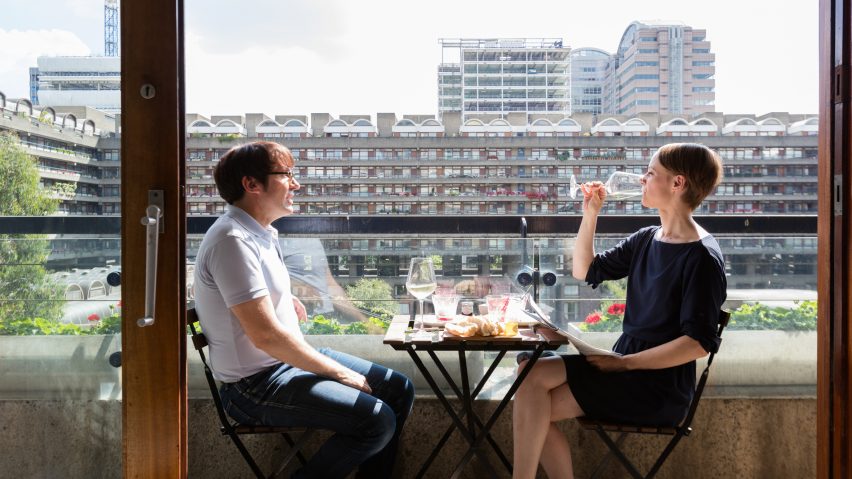
10 of the most captivating photo series to celebrate World Photography Day
Today is World Photography Day, and to mark the occasion we've rounded up 10 of the best photo series published on Dezeen over the past year – including 360-views of the Tate Switch House, an insight into Pyongyang's unique architecture, and a look inside the flats of the Barbican estate.
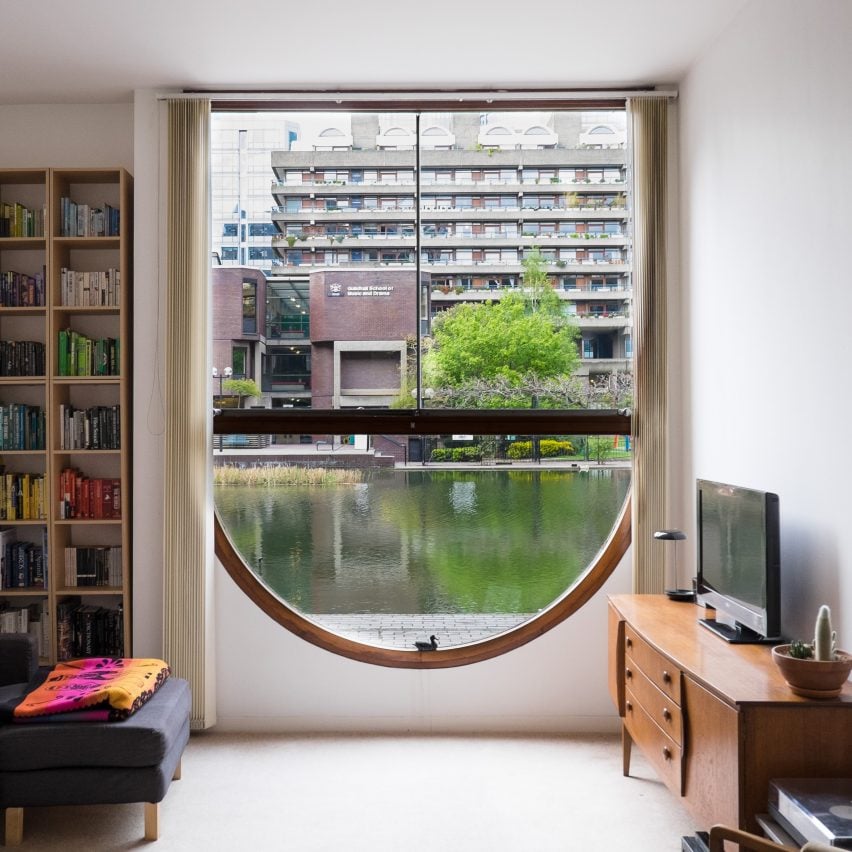
Barbican residents offer a look inside their homes
For his book, Residents: Inside the Iconic Barbican Estate, London-based photographer Anton Rodriguez aimed to highlight the stylish living spaces created by many of the current residents of the brutalist complex, which is home to over 4,000 people.
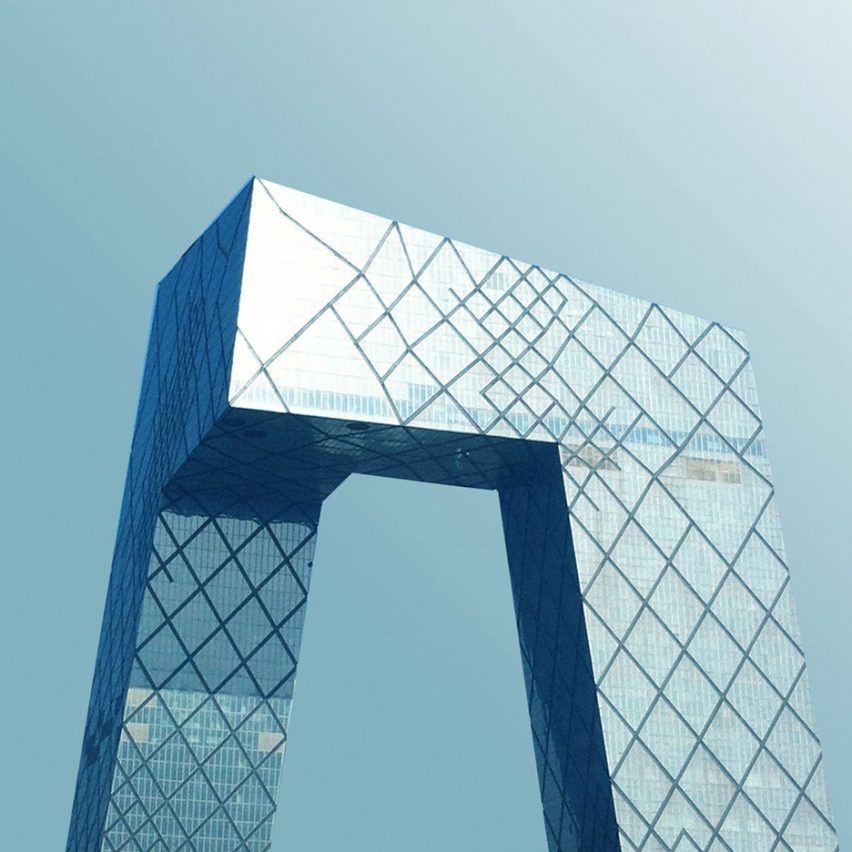
Kris Provoost photographs the most flamboyant architecture of China's building boom
OMA's trouser-shaped CCTV tower and Herzog & de Meuron's Bird's Nest stadium feature in this photo series by architect Kris Provoost named The Beautified China, which documents the "weird architecture" the country has tried to ban.
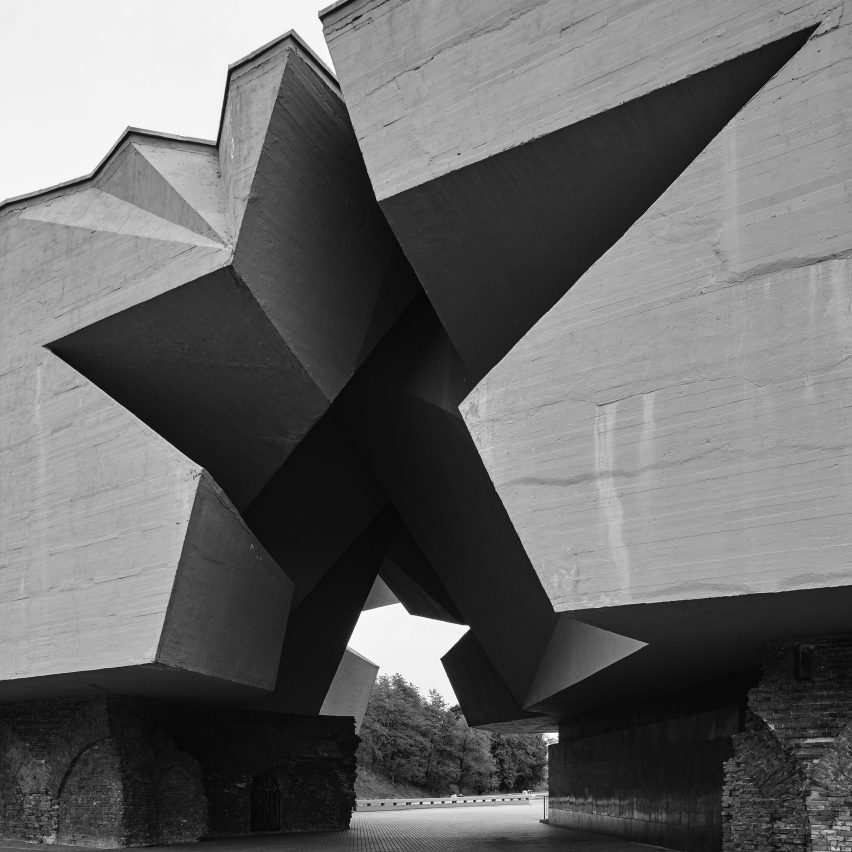
Jan Kempenaers documents Soviet-era war memorials in black and white photo series
Belgian photographer Jan Kempenaers documented a series of second world war memorials across Europe for his photoset, which focuses on a series of ruined concrete monuments built in the 1960s and 70s across the former Yugoslavian territories.
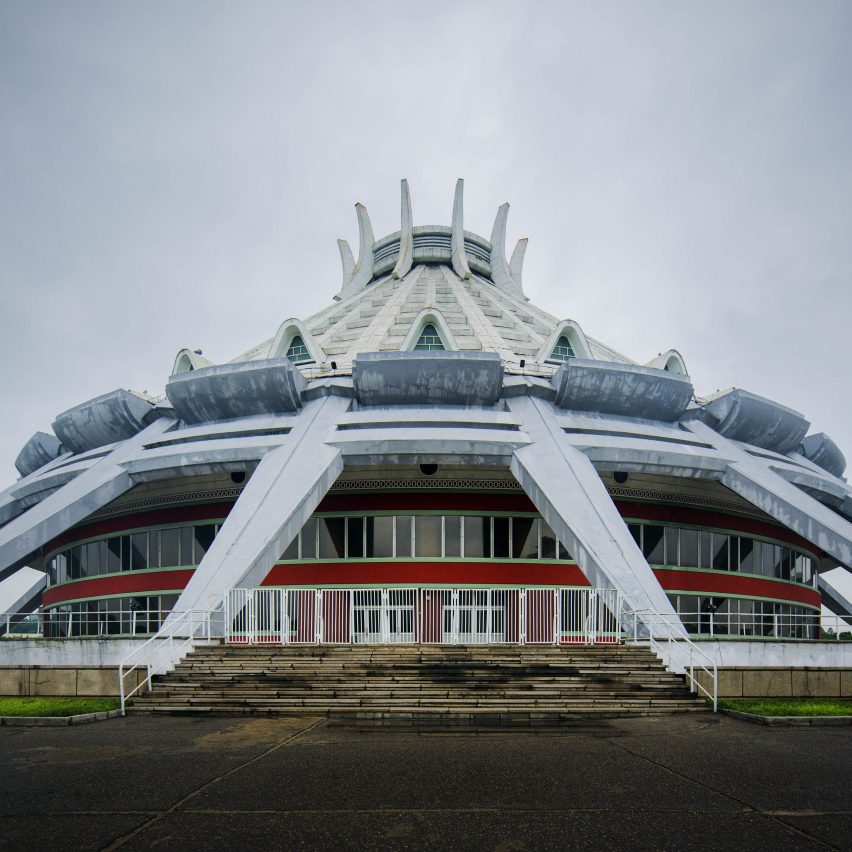
Raphael Olivier's photographs of North Korea reveal Pyongyang's unique architecture
Left fascinated by Pyongyang after a one-day trip from China, photographer Raphael Olivier returned to the city to spend more time documenting its buildings and monuments – which is based on austere Soviet architecture, but features quirks taken from Korean culture.
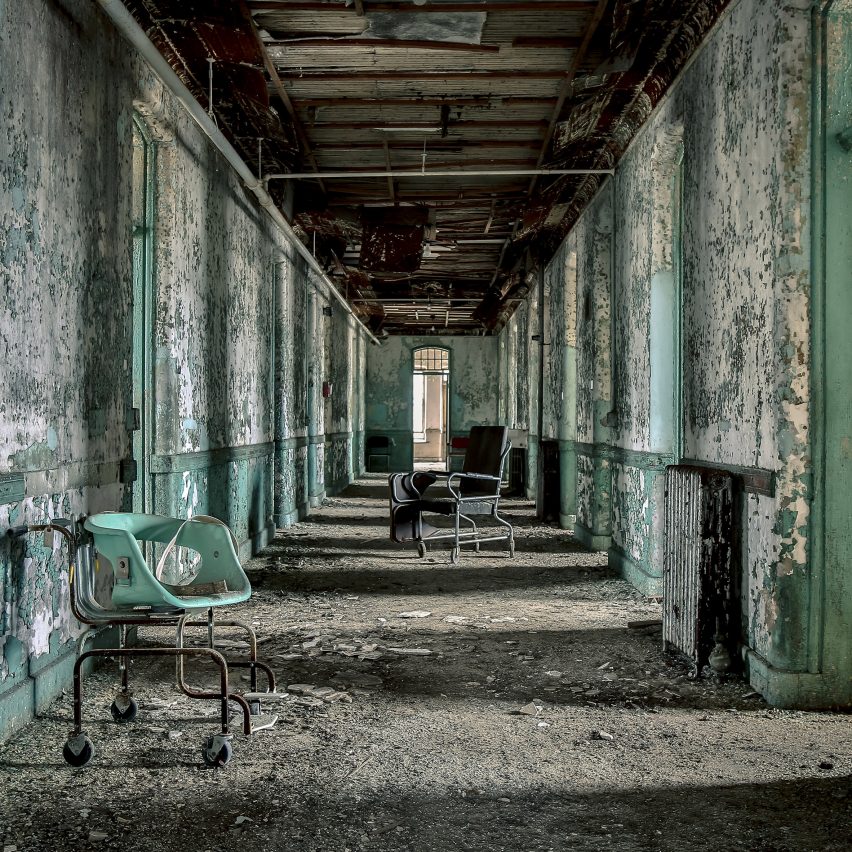
Matt Van der Velde photographs abandoned insane asylums
Canadian photographer Matt Van der Velde captured the decaying hospitals once used to treat patients suffering from psychiatric disorders, having developed a "morbid curiosity" from his own mental health issues.
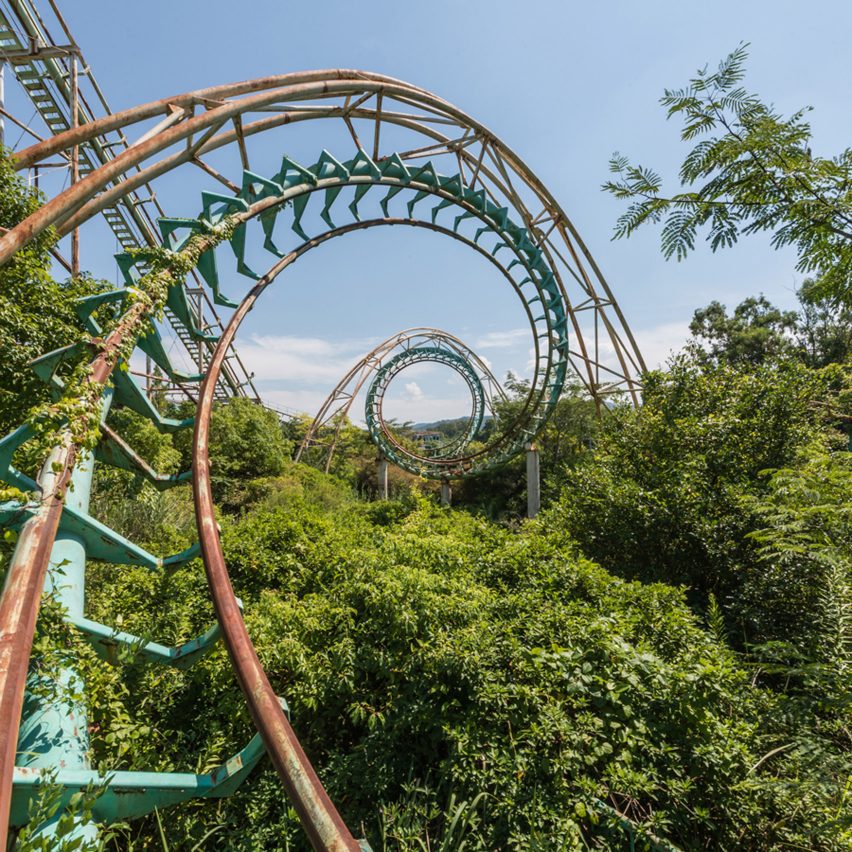
Deserted Japanese theme park photographed just before demolition
Built in Nara Prefecture in 1961, this theme park was expected to become Japan's answer to Disneyland. But it struggled to compete when both Disney and Universal Studios opened up their own parks in nearby Osaka and Tokyo, and it eventually closed in the summer of 2006. Ahead of its demolition in 2016, photographer Romain Veillon photographed the abandoned rides to create this eerie image set.
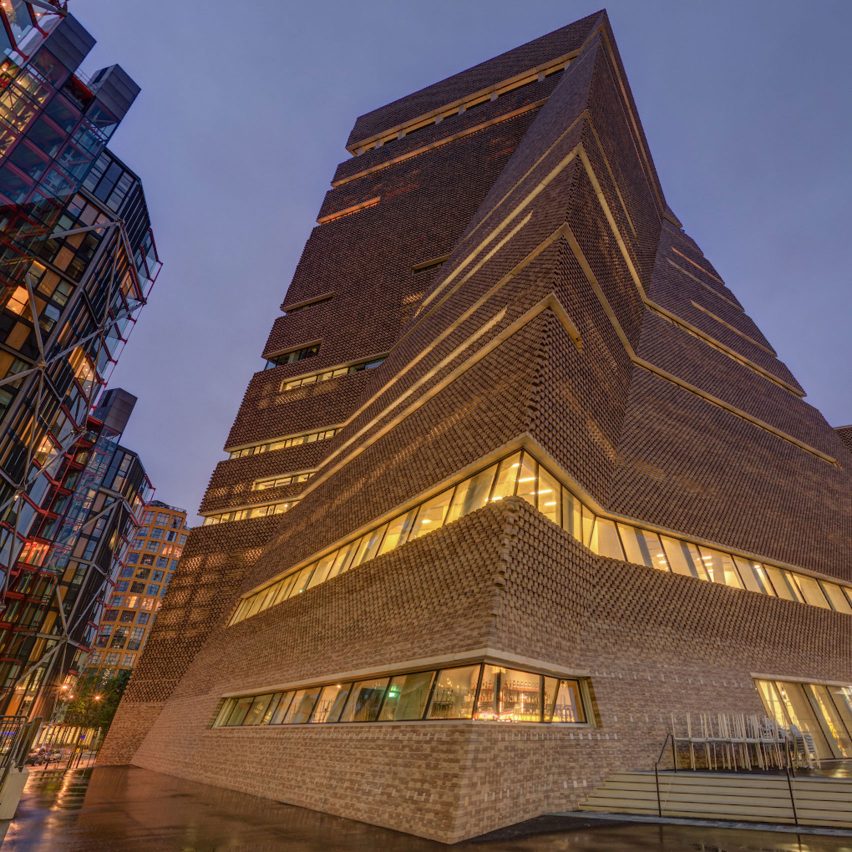
Tate Modern Switch House captured in 360-degree photography
The future of photography is in 360 degrees according to British photographer Rod Edwards, who used the technology to capture Herzog & de Meuron's extension to the Tate Modern gallery in London.
See the full 360-degree views ›
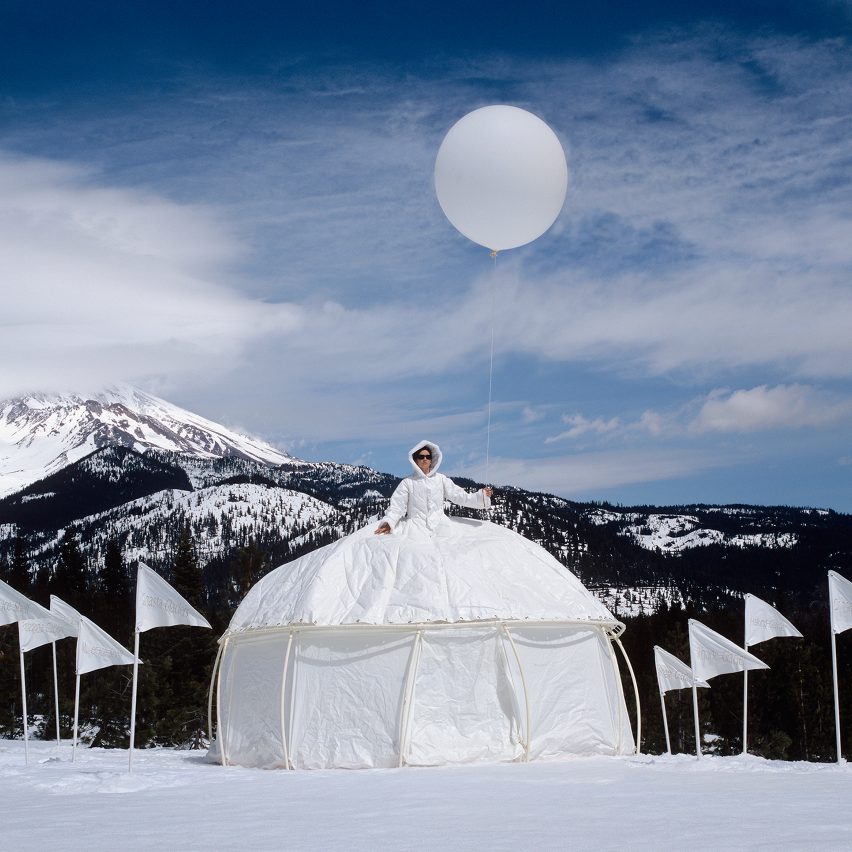
Dress Tents by Robin Lasser and Adrienne Pao are part shelter, part attire
Artists Robin Lasser and Adrienne Pao created a series of structures that can both be donned as extreme gowns and used as shelters, before capturing the result as whimsical imagery. The costumes and photos were all brought together for the first time during a show at the Center for Photographic Art in Carmel, California, last summer.
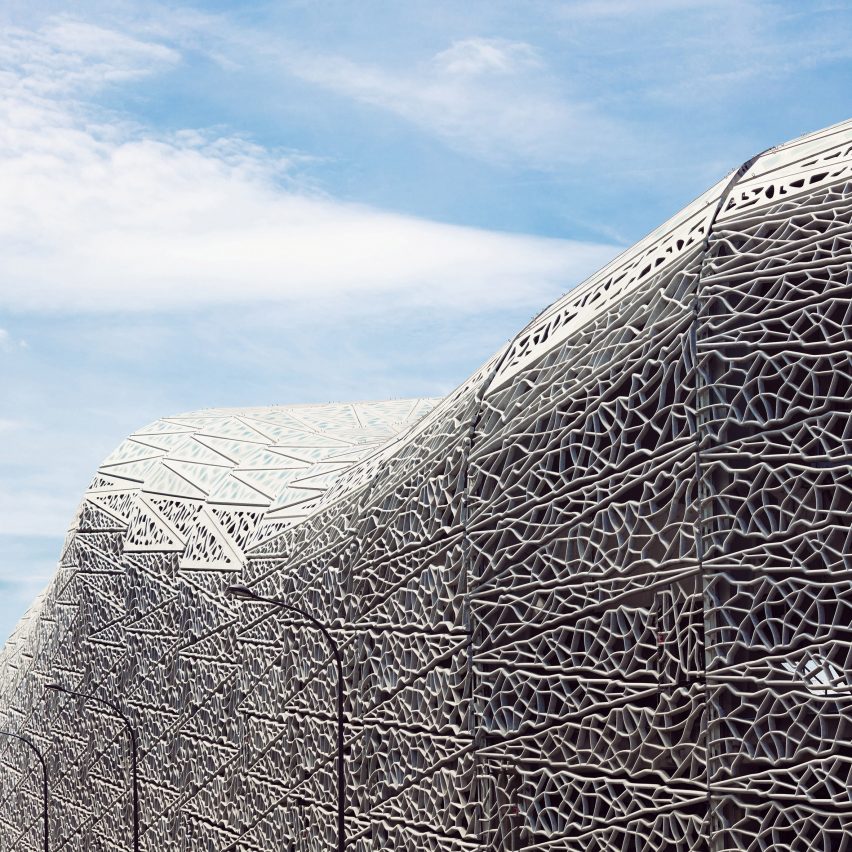
Paris' most eye-catching buildings take centre stage in Sebastian Weiss' latest photo series
These images are inspired by a recent trip photographer Sebastian Weiss took to France, and feature landmark buildings including Jean Nouvel's Philharmonie de Paris concert hall and the cauliflower-like balconies of the Choux de Créteil tower blocks by Gérard Grandval.
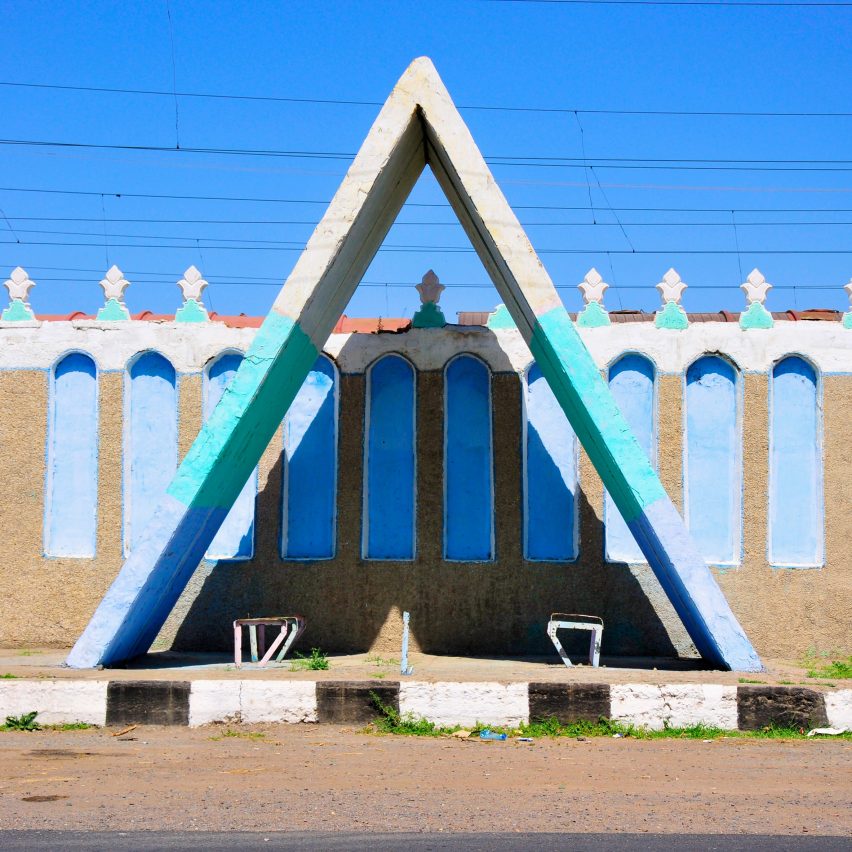
Peter Ortner photographs 500 bus stops in former Soviet Union
German photographer Peter Ortner spent seven years documenting 500 bus stops across former Soviet countries. Unlike the grey concrete buildings often associated with socialist architecture built throughout the 20th century, Ortner found an eclectic, colourful micro-architecture that emerged on the roadside, including a triangular pavilion, a winged shelter and several mosaic designs.